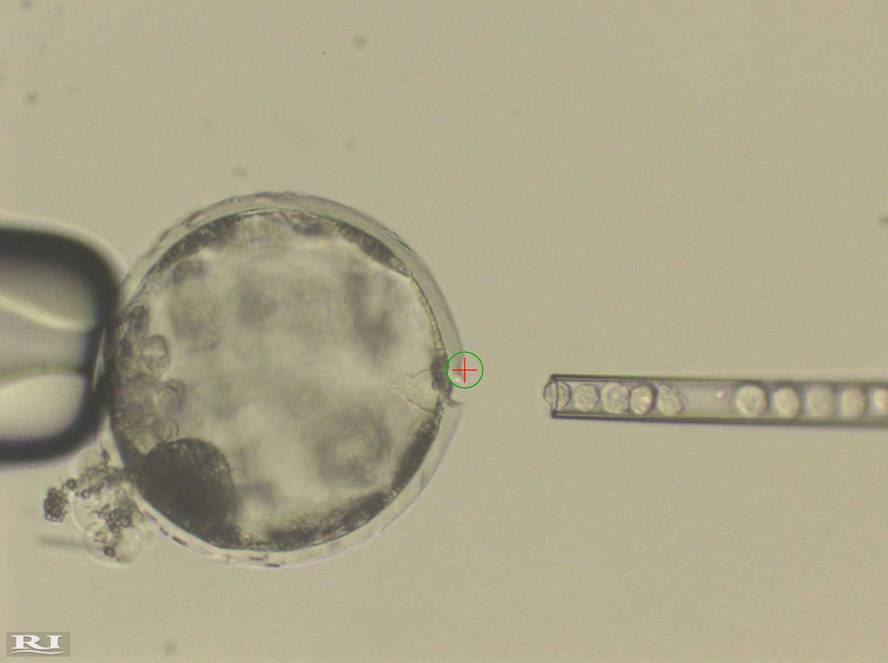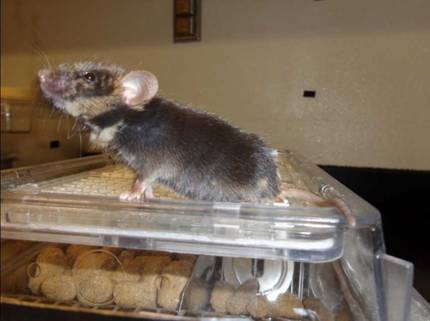Creation of man-pig embryo chimeras
Researchers at the Salk Institute have first created human pig buds. Researchers have recognized that they have found it difficult to grow embryos that mix human and swine cells, but they have succeeded. Human stem cells have been introduced and raised into embryos of pigs, blastocysts. The results have been published in the journal Cell.
Juan Carlos, head of research, has said that scientists have spent decades searching for tissues and organs in the laboratory from stem cells, but the results are not good, they are doing something wrong. That is why they decide to take another route: “We think of the growth of human cells as a much more productive animal.”
At the moment, human embryonic chimeras have been achieved. That is, human cells have survived the embryos of pigs. These embryos have been established in sows and have allowed their development for three or four weeks. “That’s enough time to see how human and pig cells mix, without creating the ethical concerns that chimeric adult animals can cause,” says Izpisua. And he clarifies that they have not given a minute to create the brain. In this period of three or four weeks there have been no advances in human brain cells. Pioneers of muscle cells and other organs were forming. “The objective was to analyze the viability of human cells in pigs. Now we know we do." In this way, researchers would like to orient human cells towards the creation of organs in pigs, but they have found ethical and legal limits.
Previously, the members of the Izpisua group created the chimera of ratonero, introducing the stem cells of the rats into the embryos of the mice. For mice to create rat organs, the CRISPR editing technique was used, consisting of silencing key genes to create a certain organ in the confines of mice, such as heart, pancreatic and eye attacks. Then, because rat cells injected into the mouse had a functional copy of the muted gene, scientists expected rat cells to occupy that place. As expected, these specific mouse organs developed from rat cells. Once again, they have used the same technique for brewing human pigs.
The difficulty has been greater, because pigs are five times more evolutionarily far from humans than rats. In addition, the stomach of pigs is three times shorter than ours. “It would be like putting human cells on a highway that goes too fast,” says Izpisua. Thus, researchers have had to introduce human cells that join the development phase of pigs.
However, research into the creation of chimeras in the United States and Europe is currently prohibited. If it thrives, it must be elsewhere.







